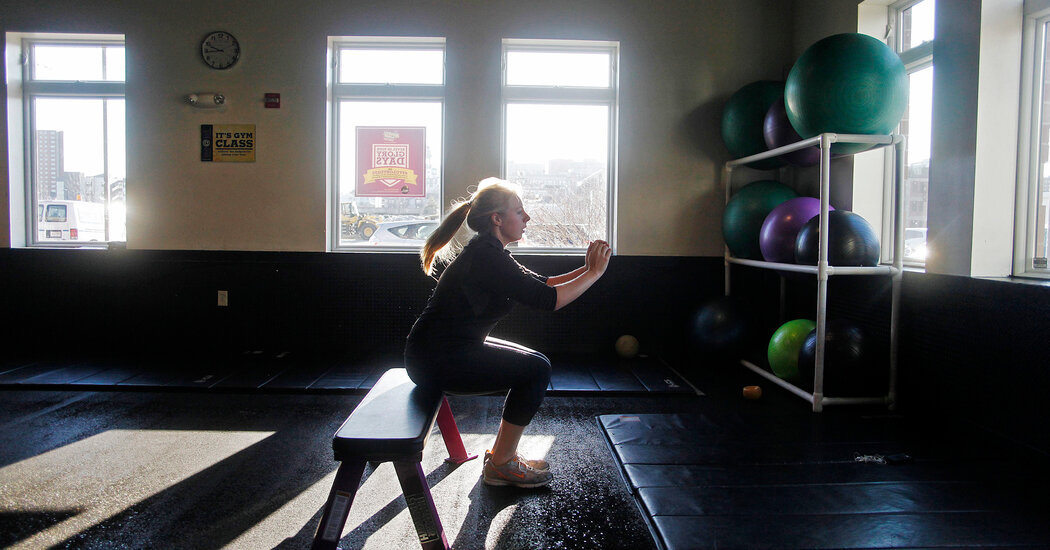
What is the single best strength-building exercise many of us could be doing right this minute but almost certainly are not? Consult enough exercise scientists and the latest exercise research, and the answer would likely be a resounding: squats.
“For lower-body strength and flexibility, there is probably no better exercise,” said Bryan Christensen, a professor of biomechanics at North Dakota State University in Fargo, who studies resistance exercise.
The benefits are not confined to the lower body. “It is really a whole body exercise,” said Silvio Rene Lorenzetti, the director of the Performance Sports division of the Swiss Federal Institute of Sport in Magglingen. “It requires core stability and trains the back.”
Some people worry that squats can imperil the knees and hips, but the exercise can actually help protect and improve the workings of these and other joints, said Sasa Duric, an exercise scientist at the American University of the Middle East in Kuwait, who has studied squats. The movement “helps maintain the flexibility, stability and function” of hips, knees and ankles, he said.
But perhaps most fundamentally, squats are key to living and aging well. “When we clean the house or plant a vegetable garden, we need to squat,” Dr. Duric said. Ditto for easing into and out of chairs and lowering ourselves to toddler level for face-to-face playtime.
In essence, according to a 2014 scientific overview, squats are “one of the most primal and critical fundamental movements necessary to improve sport performance, to reduce injury risk and to support lifelong physical activity.”
The right way to do a squat
Squatting is simple, portable and potent. “You don’t need a gym,” Dr. Christensen said. Anywhere with a few feet of open space will work, whether it’s a living room, office, stairwell, park or closet. And the only necessary equipment is your body weight.
If you are new to squats, one of the safest, simplest ways to start, Dr. Duric said, is with what is commonly called a box squat, so named because it is commonly done with an exercise box found in gyms. But you can also do these at home, in which case you’ll be using a chair, stool, bench or bedside.
If you have lower-body disabilities or past injuries, talk to your doctor first about whether squatting is advisable for you. “Be patient and pay attention to proper technique,” Dr. Duric said. “Do not rush the squat.”




